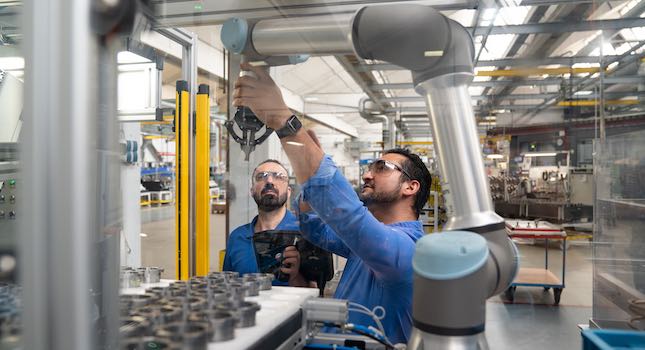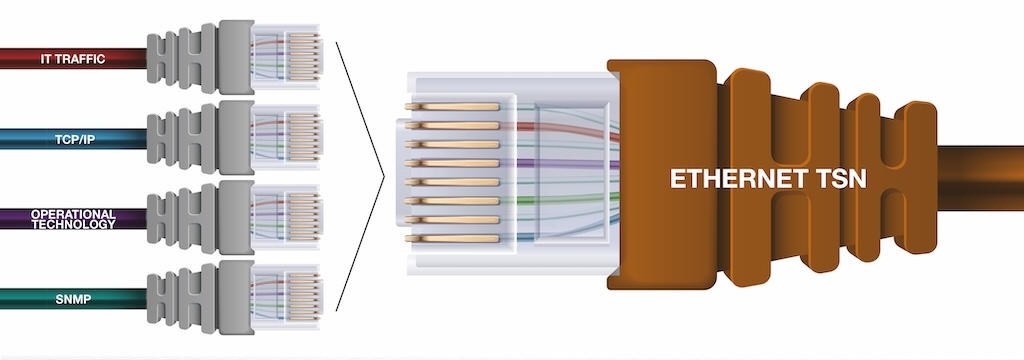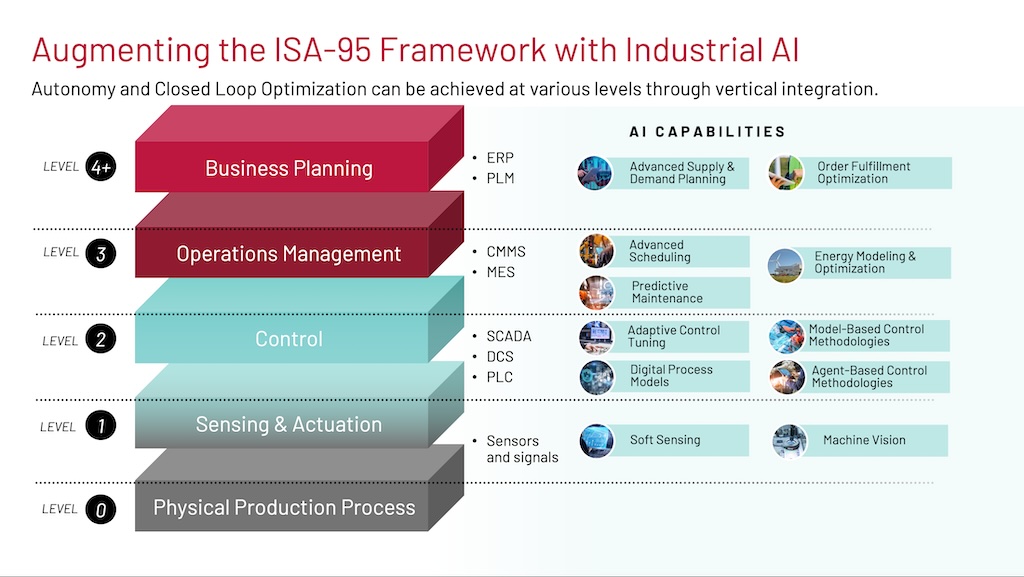Anyone who has been a parent, or for that matter anyone who has been a child, knows the phrase, “Are we there yet?” very well. Impatience is a behavior rooted in youth, and reflects a general lack of knowledge or concern for time.
Anyone who has been a parent, or for that matter anyone who has been a child, knows the phrase, “Are we there yet?” very well. Impatience is a behavior rooted in youth, and reflects a general lack of knowledge or concern for time. If you look at impatience from the viewpoint of a child, it also relates to the child’s inability to understand what it really takes to get from here to there.
Curiously, you see the very same behaviors in adults in a business environment. When business is not going well, they want change, and they want it now . The pressures to be successful in business are great, and it seems that improvements never come fast enough. What is wrong with our people anyway, that they do not feel the same sense of urgency as we feel? What is really needed is patience and structure — let me think here — a plan — that’s what is needed. Expecting too much, too early or too fast, can be as hazardous to a business as doing nothing at all.
Too fast
In this age of instant gratification, we want what the other guy has, and we want it fast. In our personal lives, we see this played out with our kids, who want what Mom and Dad have, and want it now , not really realizing that it took us 30 years of hard work and sweat to get what we have. In business, we want the other guy’s market share, and we want it now , so we can be the most successful business. And, we don’t care what it takes, let’s just get there fast . Shorten the time line, cut the training and preparation time in half, take shortcuts, just get it done. Sound familiar?
Well, you can run down this path and maybe you will get lucky. However, it is more likely that, in your haste to grab the brass ring, you will miss a critical step or sequence in implementation that will create a great failure rather than a great success. Good implementation planning, hitting all of the critical milestones and making sure that you bring all of your people along with you as partners in implementation, will result in a much higher probability of success for a new project, program or process. You will normally get only one opportunity to be highly successful in implementing significant change in your organization. Failing the first time will result in installation of an imaginary sign over your office door: “Failed on the first try.” Good luck getting buy-in for your second effort. Develop a solid plan for implementation, follow it, don’t hurry the process and be successful.
Too early
Another area where we tend to fail is in trying to implement changes in our business too early. If you want to add to your business and you are standing on a burning platform, you don’t need a carpenter, you need a fire hose . In our haste to bring our businesses to an excellence level, the tendency is to implement those excellence programs such as TPM and Lean without making sure that we have a solid foundation to build on. If you are operating in an unstable environment, or if your organization is primarily in a reactive mode, nothing can be gained by trying to implement any type of high-level improvement program or process.
In the past few years, the primary buzz word has been Lean. Ah yes, many of us ran out and tried to get Lean by cutting our workforce size or cutting 30% of our MRO inventory. TPM and Lean are Continuous Improvement activities that have the potential to move proactive and productive organizations to the next level of excellence by driving removal of waste and non-value-added activities from the manufacturing process. Attempting to implement these types of programs in a reactive or unstable environment will usually result in failure and frustration at all levels of the organization.
Before you can be excellent, you have to be very, very good at the basics. Reliable production processes, reliable assets and skilled and knowledgeable production and maintenance resources are the keys to a proactive organization. Forward looking, proactive thinkers in the management ranks don’t hurt either. Perhaps the most critical factor in giving yourself the best potential for success is a structured Master Plan with a reasonable time line for implementation. If you are not quite sure how to bring your organization to another level, find a mentor or coach who can help you develop a plan for the future of your business. From there, build and execute your plan. Respect your people, respect your assets, respect the plan and be patient . Don’t try to get there too fast or too early.
Author Information
Bob Call is a principal consultant with Life Cycle Engineering Inc. Call has more than 25 years experience in maintenance management, maintenance development, CMMS implementation projects and maintenance training. He specializes in Reliability Excellence Implementations, CMMS selection and implementations, Spare Parts Storeroom reorganization and Craft Training Programs. Contact him at [email protected] .



